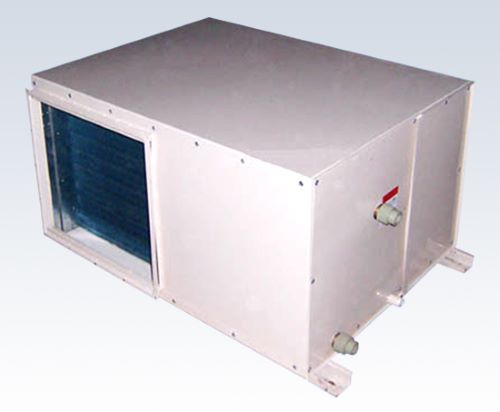What are the functions of the three different types of ceiling dehumidifiers
Time:2021/7/27 16:24:56
Ceiling dehumidifier is a dehumidifier that can be installed on the wall or ceiling. Its advantage is that it does not take up every inch of valuable space, and the appearance is also very beautiful, it can be harmoniously integrated into the home environment, low noise, and will not make a lot of noise like a vertical dehumidifier, which can affect you A relatively quiet environment. Ceiling dehumidifiers are generally divided into three types, let me explain it below.

1. Cold air ceiling dehumidifier: This is the main part of the current ceiling type air dehumidifier. Because the freezing dehumidification technology is very advanced, it is easier to see. Its dehumidification principle is that water vapor condenses into water when it is cold, which is similar to the principle of a vertical cooling dehumidifier. It has a good dehumidification effect at a temperature above 25 degrees and a very high speed, so it is suitable for summer use. But its disadvantage is that the dehumidification effect is weak at low temperatures, especially below 10 degrees Celsius. During this period, the heat exchange system of the dryer freezes, so the compressor will stop first, and then the evaporator will start working. Operation and defrosting During the defrosting process, the dehumidifier cannot be operated. Therefore, if you need to dehumidify the air at a lower ambient temperature, a refrigerated ceiling dehumidifier is not suitable.
2. Rotary ceiling dehumidifier: Its dehumidification principle is very simple. It is very similar to traditional physical dehumidification such as quicklime and charcoal. It adsorbs moist air on the porous synthetic silica gel, and then adsorbs water vapor in the rotor regeneration zone. In the pores of silica, it heats and evaporates at the entrance of the regenerator to form high-temperature and high-humidity air. When it passes through a heat exchanger cooled by humid cold air in the room, it becomes condensed water due to the difference in dew point. The advantage is that it is not affected by temperature, but is limited by the poor water absorption capacity of synthetic silica gel, so the dehumidification performance is not as good as freezing. But if given enough time, the humidity can be reduced to a very low level. In addition, synthetic silica gel must be replaced frequently, and its cost is somewhat higher than that of refrigerated silica.
3. Electro-osmosis ceiling dehumidifier: Its dehumidification capability is provided by an electric pulse generator, which is an electronic device controlled by a microprocessor and uses a toroidal coil to generate a pulsed magnetic field of about 50 Hz. The magnetic field can act on the polar water molecules in the wall, causing the water molecules to redesign their arrangement and gradually begin to move down into the soil. Really solve the problem of humidity in the building environment from the root cause. This type of dehumidifier has good functions and good dehumidification effect. It is better than the refrigerated and rotary type, but the price is not cheap, and it drains the entire building, which is too expensive for people. Very suitable for ancient buildings, ancient ruins, historical sites, museums and vaults.
The above three points are all about the three different types of ceiling dehumidifiers. Thank you for your understanding and support!

